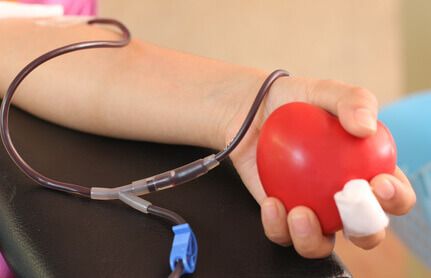For patients undergoing transradial catheterization, whether puncture site compression is manual or mechanical has no significant difference as regards post procedural radial artery occlusion (RAO) rate. Hemostasis is shorter with manual compression, but it seems difficult to implement in the clinical practice.
 We could carry out an economical sub-analyzis of this study to find out whether mechanical compression devices save costs, compared against the 20 minutes a technician or a nurse uses to get the same results ─even though it is hard to account for the different realities of every country or every center─ but what makes is especially hard is that most centers in LATAM do not use compression devices; they use gauze and tape instead. This is definitely cheaper, but there are no data on post procedural RAO rate of this ‘artisanal’ system.
We could carry out an economical sub-analyzis of this study to find out whether mechanical compression devices save costs, compared against the 20 minutes a technician or a nurse uses to get the same results ─even though it is hard to account for the different realities of every country or every center─ but what makes is especially hard is that most centers in LATAM do not use compression devices; they use gauze and tape instead. This is definitely cheaper, but there are no data on post procedural RAO rate of this ‘artisanal’ system.
Read also: More Bad News on Bioresorbable Scaffolds.
The MEMORY study will soon be published in JACC Cardiovascular Interventions. It included 589 patients undergoing transradial diagnostic coronary angiography with a 5 Fr sheath. Manual compression was applied to puncture site for 10 minutes, or as long as it took for hemostasis, as long as it was not occlusive, using a pulse oximetry, and occluding the ulnar artery every 1 or 2 minutes.
Mechanical compression was achieved by using an inflatable wrist band (Vitatech Pressure Bandage, KDL Medical Group) on the puncture site.
RAO rate at 24 hrs. (primary end point) was 12%, with manual compression, vs. 8% with mechanical compression (p=0.176). After adjusting by contrast volume and heparin dose, among other variables, the method to reach hemostasis was weighed up against RAO risk.
Variables such as number of attempts for successful puncture, heparin dose, procedure duration and non-occlusive hemostasis are all independent factors that predict RAO. In this study, all patients were treated with a 5 Fr sheath, which therefore eliminates this factor from the list of variables. But we know from other studies that there is a direct correlation between sheath size and chance of RAO: the larger the sheath, the greater the occlusion rate. Mean diameter of radial arteries was 2.8 mm, a relatively large size for the 5 Fr sheath.
Radial artery patency after hemostasis was associated to 92% lower RAO risk.
Read also: Leaflet Laceration, an Extreme Measure to Avoid Coronary Occlusion After TAVR.
Mean hemostasis duration was 22 minutes for the manual compression group, vs. 119 minutes for the mechanical compression group. However, there were no significant differences in access site complications (hematoma, hemorrhage, etc.). Occlusion rate at 24 hrs. after procedure was around 10% in both branches, perhaps somewhat higher than expected. This 10% could have been exaggerated by a fairly early evaluation. We know from other studies that, after a week, a month, and up to three months later, we can obtain artery patency.
Original title: Manual versus mechanical compression of the radial artery after transradial coronary angiography: the MEMORY multicenter, randomized trial.
Reference: Petroglou D et al. J Am Coll Cardiol Intv. 2018;11:1050-1058.
Get the latest scientific articles on interventional cardiologySubscribe to our weekly newsletter
We are interested in your opinion. Please, leave your comments, thoughts, questions, etc., below. They will be most welcome.





